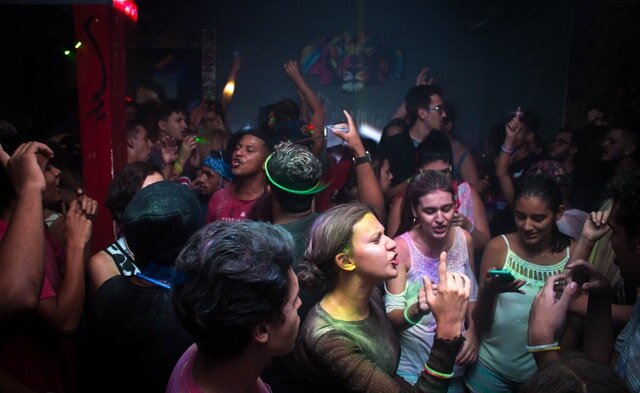Good Sound is Invisible
It’s no secret that a lot of a sound professional’s time in an audio post-production studio is spent cleaning up dialogue. In fact, for a long-format documentary, sound and audio experts generally spend more time on dialogue lines than on the actual sound design and sound mix. Why? Because dialogue lines are responsible for telling the whole story. When it comes to filmmaking, irrespective of its nature, the dialogue is what helps films introduce characters, set the scene and provide context to the content.
The trouble with dialogue, as opposed to voiceover, for instance, is that dialogue is almost always recorded on location, and depending on how suitable for recording that location is, the easier or more complex the life of audio professionals will be at a later stage during post-production.
In a film, and as mentioned in previous articles, there's something referred to as ADR or Automatic Dialogue Replacement. This means that if a scene was shot and there was a lot of background noises or the talent was not able to perfectly deliver the lines, production will re-record those lines in an audio post-production studio at a later stage.
In fact, up to 70% of what you hear in a film is recorded or designed in post-production. It just allows filmmakers to achieve a much better quality of the overall sonic experience for the audience. It can often provide a mix engineer with the required flexibility to place dialogue lines in different environments, overcoming the complexities of the location where those lines were initially recorded. On a green screen where the characters are supposed to be falling from a canyon will never sound like they are actually falling from a canyon unless those sonic elements are added later in post-production, taking care of reverb, equalization and more.
With a documentary, this is seldom a viable option. The vast majority of documentaries, and even reality shows, use real-life characters as the main storytellers, and producers always kind of struggle to capture the in-the-moment actions and reactions of each individual. As a result, there is just one chance to capture that specific moment or that specific reaction, and as you can imagine, the acoustic environment and acoustic conditions are not always ideal, which brings sound professionals and audio engineers to the table.
To resolve a lot of these audio-related issues of nagging background noises there are third-party plugins within Pro Tools that really come in handy particularly when removing unwanted pieces of audio. A lot of them work amazingly by simply analyzing the sound or noise in question and then removing as much of it as production reckons.
This process works perfectly to a certain extent depending on the nature of these noises and sounds and their consistency. If there was a steady AC unit in the room at the time characters were interviewed, easy. A sound professional would simply analyze the AC tone and apply it to the parts with actual dialogue lines. The trouble surfaces with inconsistent sounds.
Imagine a documentary being shot at the pit of a Nascar race. The revving engines, the clinking wrenches, the fans, tires, hammering… An audio nightmare.
When watching a show like that, most viewers would only notice when they could not hear the dialogue. If there were a strange buzzing happening or any other odd sonic element, they would even try to reach out to the broadcaster and tell them about the issue. If dialogue lines sound normal and consistent, you will never see tweets about the good job the mix engineer did. That’s what audio professionals call invisible sound.
This, of course, does not apply to just dialogue lines, it also applies to sound design. Imagine a scene at a party where the characters are having a conversation, do you think it was filmed with the actual music you hear playing loudly and the crowd making indistinct noises and yelling? Everything is added afterward during post-production. And that is done for two main reasons: one, you would never get clean dialogue lines and; two, at the time of shooting that scene, probably the decision as to what music will be used has not been made or licensed yet.
You have certainly watched bloopers at the end of one of these films where something sounds off. There are no background noises or music. Every environment has to be either created or re-created. That party will never sound right without the proper acoustic elements and surroundings —not only is music added afterward but is also treated so that it sounds like it’s the actual room you’re watching. If that music and that loud crowd (the glasses clinking, steps, chattering, etc.) were not there it would be highly noticeable; however, you don’t notice when it’s actually there. See? Invisible sound.
*The images used on this post are taken from Pexels.com


